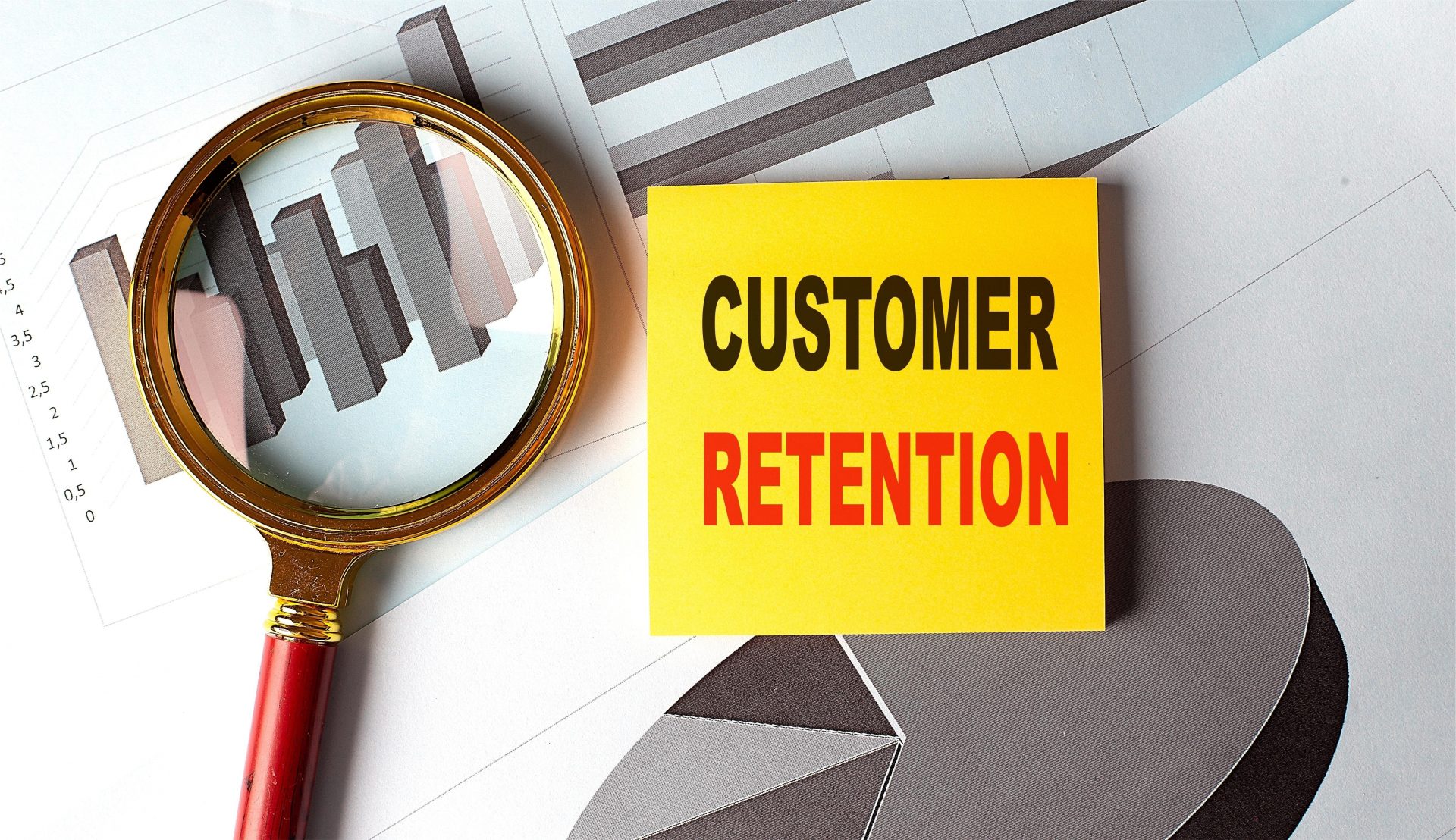What is the best bank to get a personal loan with low interest ?
Personal loan interest rates might vary substantially depending on the lenders and your borrowing capacity. In the third quarter of 2021, the average annual percentage rate on a two-year personal loan from a commercial bank was 9.4 percent, according to Federal Reserve statistics. You want a personal loan with it all: a low-interest rate, low fees, and terms that fit your budget, all from a firm that provides exceptional customer service. Don’t worry if you’re not sure where to begin. By scanning the market to see which lenders provide the greatest overall personal loan options. Read on to learn about low-interest personal loan providers and how to prequalify for a low-interest loan before applying for one.
4 Things to Think About When Choosing a Lender
It’s usually a good idea to get quotes from a few lenders before applying for a personal loan so you can determine who has the best overall options for your situation. Keep the following things in mind:
Rates of Interest
Compare your actual quotes because the promised lowest rate is rarely guaranteed. Don’t forget to include any fees or fines when comparing personal loan interest rates; origination or application costs can rapidly add up to a significant chunk of your loan’s overall cost.
Options for repayment
A good personal loan lender will generally give you various repayment alternatives from which you may choose the one that best fits your circumstances.
If you’re taking out a large loan, seek a lender that provides extended repayment terms to minimize your monthly cost.
If you have a smaller loan, a shorter payback time will minimize the amount of interest you pay overall.
Customer service is important.
It’s also a good idea to look at a company’s customer service, especially if you prefer face-to-face assistance over online assistance. If you need additional information, you can always look up the company’s business bureau page or search for reviews.
Prerequisites for approval
Each lender will have its own set of criteria for qualifying potential borrowers, which will take into consideration aspects such as your income, credit score, and debt-to-income ratio.
Check for lenders who utilize additional approval factors, such as your field of study or employment history, if your credit score is below average.
Personal Loans: Benefits and Drawbacks
Benefits
- You might obtain money in as little as a day, depending on the lender you pick.
- Many of these loans are unsecured, which means you don’t have to put your house or car up as security.
- Payday loans, which can have personal loan interest rates of up to 400 percent, have far lower rates.
- Unlike high-risk payday loans, personal loans provide you with a reasonable amount of time to repay the bill.
Drawbacks
- If you have a poor credit score, you may not be eligible.
- Some lenders levy costs such as origination, late, and prepayment fees. The worse your credit score, the more likely you are to be charged extra fees by a lender.
- You’re adding another bill to your monthly payments, potentially stretching or even breaking your budget.
- Because some lenders don’t accept co-signers, you’ll have to depend completely on your credit score and history to secure a loan.
Compare Low-Interest Personal Loans Using These Pointers
- Look for autopay discounts by doing the following: Not all issuers provide interest rate discounts when you set up automatic payments, but the bulk of the larger ones does. When evaluating low-interest personal loans, keep in mind which ones provide a rate reduction. This will assist you in obtaining the highest possible rate.
- If at all feasible, prequalify with a provider: A variety of lenders can provide prequalification for a personal loan. This means you may find out about loan limits, rates, and repayment options by entering information such as your salary, intended loan usage, housing status, and other considerations. Prequalifying also just requires a cursory credit check that has no impact on your credit score, allowing you to browse with confidence for the best deals.
- Make certain there aren’t any hidden fees: There are several personal loan providers that do not charge origination, late, or prepayment fees. Others, on the other hand, may bill for all or part of these expenses. Consider the fee structure in addition to the prospective interest rate when comparing low-interest personal loans.
- Examine the lender’s customer service options, such as: If you’ve found a lender, there’s one more thing to consider before signing the loan agreement. While customer service may not seem important, it might make all the difference if you have payment issues or run into financial challenges throughout your payback period. Look over the lender’s customer service resources and read reviews to make sure it’s a suitable fit.
Personal loans are a simple way to borrow money, but they are often costly. Every month, you’ll have to pay interest on top of your loan balance. Higher interest rates imply higher borrowing costs. Low-interest personal loans might help you save money on your loan in the long run.






